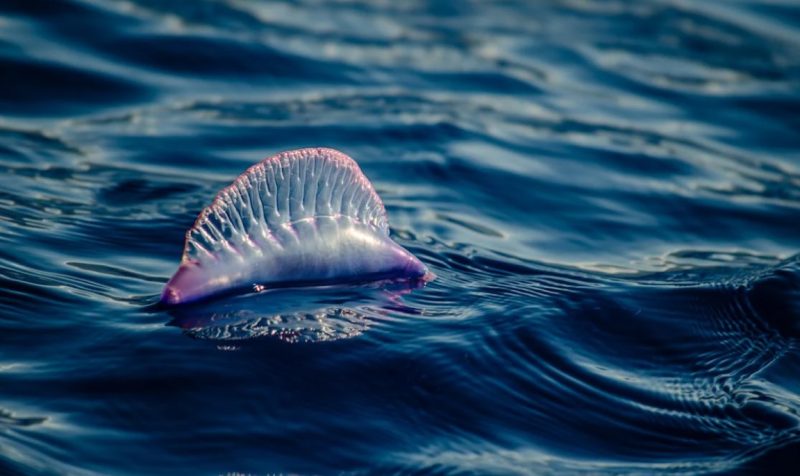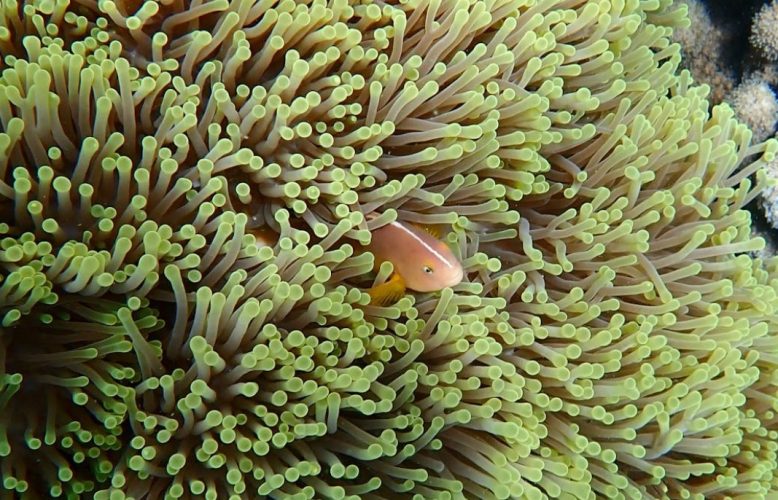We haven’t set foot on the Moon since December 1972. That’s when the final Apollo mission – 17 – set down on our rocky companion and stayed there for a record-breaking amount of time. If all goes well, NASA will attempt another journey in 2025 or 2026, with the Artemis II spacecraft. Put another way, human spacefaring has been a bit of a disappointment the past fifty years – and so it’s inevitable that some scientists have turned their gaze inward, to the ocean.
Make Amends
The ocean has been part of our lives since the first of us rolled up our trouser cuffs and waded in. Today, that permanence is best reflected in media. Peter Benchley’s book and Steven Spielberg’s film Jaws (1975) made us all afraid of what lies beneath the waves, just as Sphere (1998) and The Abyss (1989) hinted at the strangeness the ocean’s depths could hold. Sunken ships and lost treasures strike a chord with developers like Stars Studio, which created Blue Bounty, one of Betfair’s slot machine games. Lobster Bob’s Crazy Crab Shack offers a more lighthearted take on the seven seas.

This fondness for the ocean has come at a cost. Now, a sect of the tech industry is determined to make amends with water – the blue economy. Naturally, it’s a difficult thing to describe in a few words, as almost every aspect of modern life, from industry to tourism, hinges on ocean water. However, the London School of Economics and Political Science estimates the blue economy is worth US$1.5tn. Estimates as of December 2024 suggest US$3tn for 2030.
Let’s define it. The blue economy is a lot like the ‘green’ one. An emphasis on sustainability and attempts to regenerate areas hurt by the influence of humans typifies ‘blue’ activity. Inevitably, there’s plenty of overlap between blue and green. The phrase ‘net zero’ crops up frequently, as do efforts to remove carbon from the system. In the latter case, this means working with shipping and cruise companies and even more land-based entities, like tree farms and power plants.
Global Trade
The World Economic Forum (WEF) seems intent on 2025 serving as a “breakthrough” for the blue economy. In its reasoning, the WEF cities a lowering of investment barriers (and more things to invest in), new finance options such as ‘blue loans’, and a willingness for businesses to engage with the ocean. Adding to the numbers mentioned earlier, the Forum claims that 80% of global trade goes via the oceans. Also, an estimated 3bn people derive their food from the sea and adjacent small industries create 500m jobs.

Of course, nobody intends for humans to leave the ocean altogether – and not just for the reasons above. Land reclamation is still a need for growing populations and tourism. For instance, V&A Waterfront in Cape Town, South Africa, will spend R20bn (about £854m) expanding into the sea. Cape Town reclaimed 1.6km of land from the ocean back in 1947.
The ocean might be old but the blue economy is a new addition to its storied flow around the earth. As sea levels threaten to rise, humans must make the ocean friendly once again.
